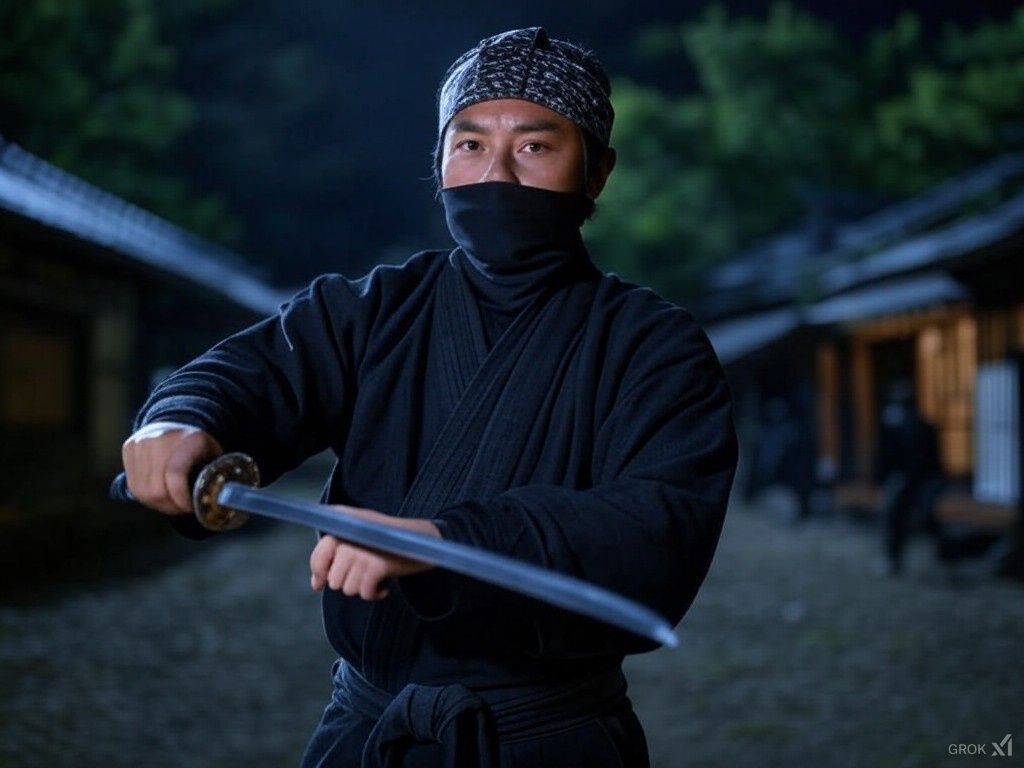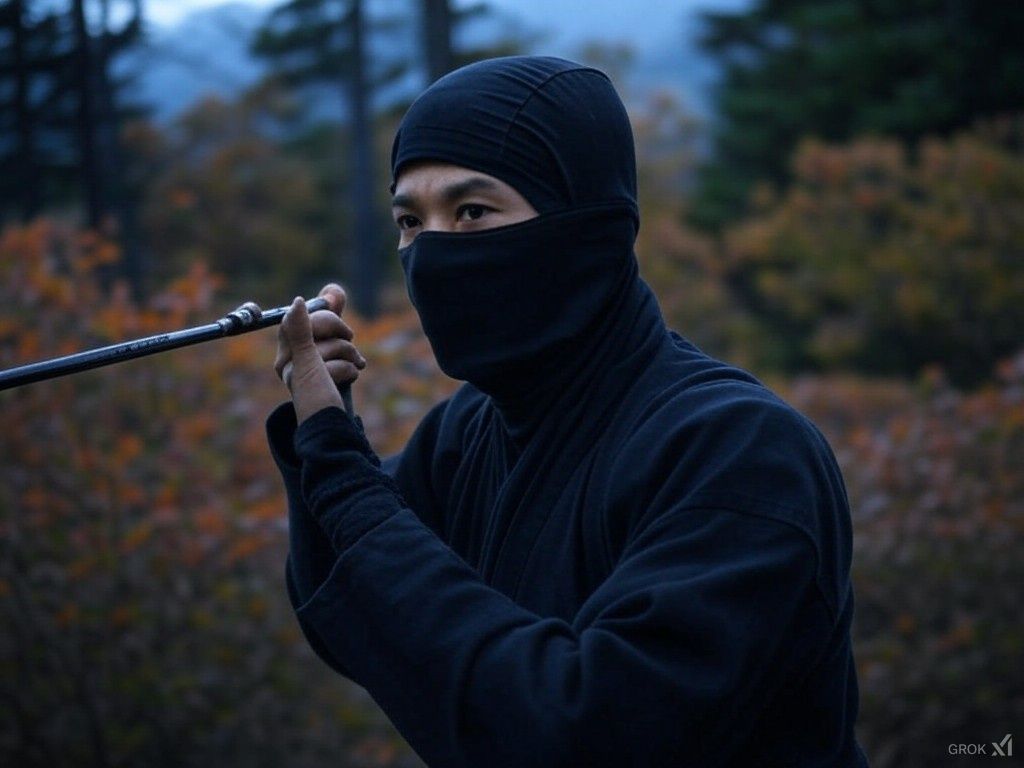What is Ninjutsu?
```htmlNinjutsu has captured the imagination of many people around the world, thanks to its mystic combination of unique skills and rich history. Often associated with ninjas, ninjutsu is much more than just a simple set of tactical movements; it is a martial art that encompasses both combat and espionage, emerging as a fundamental discipline in the historical military strategy of Japan.
Origins of Ninjutsu
The roots of ninjutsu are uncertain, but there are several theories about its emergence. Some versions maintain that the techniques of ninjutsu were brought to Japan from China, where their practices were deeply rooted in religious beliefs, life philosophies, and meditation methods. What is indisputable is that, in Japan, ninjas emerged as key figures, leveraging their skills to carry out infiltrations and surprise attacks from the shadows.

Characteristics of Ninjutsu
Ninjutsu is known for a repertoire of skills, including:
- Striking Techniques: Handling various weapons such as sticks, spears, and darts.
- Use of Explosives and Poisons: Incorporation of lethal and unconventional weapons into the practitioner's arsenal.
- Knowledge of Meteorology and Geography: Ability to read the terrain and predict weather conditions that could affect a mission.
- Espionage Strategies: Advanced methods for infiltrating and obtaining crucial information.
- Camouflage Methods: Techniques for remaining hidden and undetected.

History of Ninjutsu
During the Middle Ages, ninjas specialized in what we might call unconventional warfare, while samurai adhered to a code of honor known as bushido. Ninjas, free from these restrictions, used any means necessary to secure victory. However, after the Meiji Restoration, the role of ninjas diminished in favor of the samurai, who became guardians of the tradition and culture of Japan at that time.
Nevertheless, ninjutsu remained hidden, practiced in secret for years. It was only in the last decades of the 20th century, with the help of organizations like Bujinkan, founded by Masaaki Hatsumi, that ninjutsu emerged into the public eye as a large-scale martial discipline.
Ninjutsu Schools
Today, schools like Bujinkan continue to teach ninjutsu, combining it with techniques from other traditional Japanese martial arts such as judo and kendo. These institutions focus on personal development through self-protection and self-mastery, honoring the ancestral techniques that made ninjutsu a unique martial art.
Popular Perception
Despite the rigorous knowledge passed down through generations, ninjutsu has been widely popularized in the West thanks to Hollywood movies, in which ninjas are often portrayed as mysterious and skilled warriors. However, this often romanticized representation does not capture the depth of ninjutsu as a serious and complex martial art.
Ninjutsu, therefore, remains an integral part of Japanese martial culture, globally recognized for its focus on survival techniques and mastery over adversity. Its history, while intricate, remains alive and is valued both by experienced practitioners and by enthusiasts who wish to learn about this traditional martial art.
```















